SPL Lighting Low voltage halogen reflector lamps
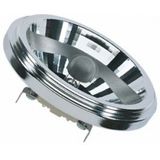
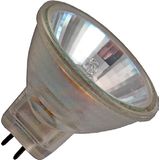
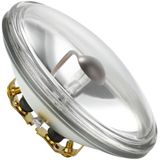

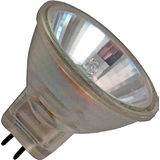
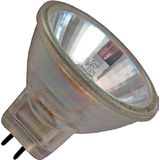
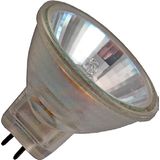

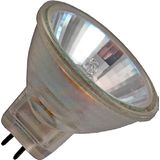
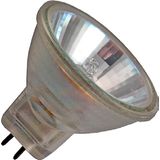
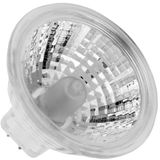
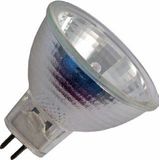


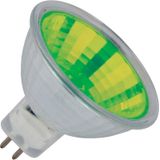
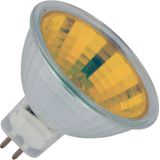
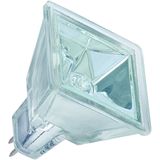
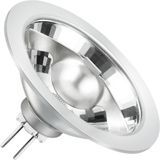

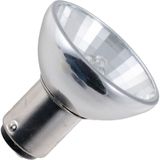





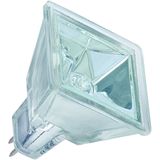
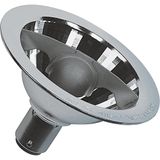
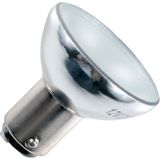
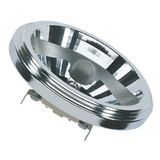



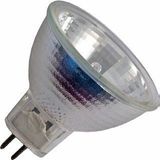
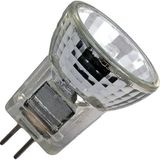
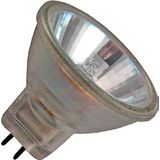


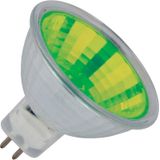

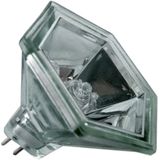





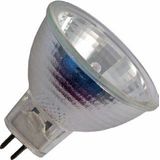
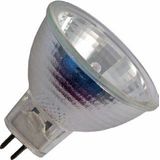
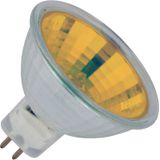


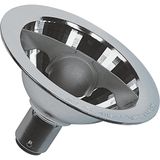

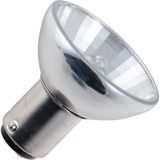
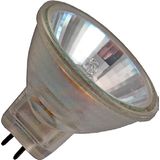

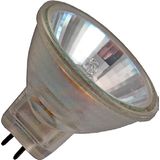
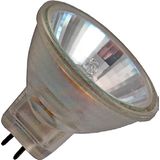
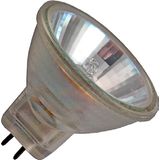
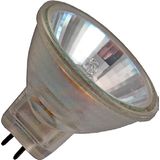
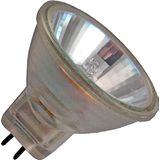
-
-
1
- 2
-
spl lighting low voltage halogen lamps product families
SPL’s 12 V range centres on the classic MR16 footprint (Ø50 mm) with GU5.3 pins and a tight catalogue of beam options for retail, hospitality, and galleries. Families include clear front-glass types for enclosed luminaires, open-front aluminised reflectors for maximum punch, and UV-stop variants to protect fabrics and artwork. Power nodes typically 20 W, 35 W, and 50 W; colour sits around 3000 K with CRI≈100 and true warm-dim on phase-cut control. Lumen maintenance is stable until end-of-life because there’s no phosphor shift—useful where visual consistency matters across multiple heads in one bay.
spl lighting halogen reflector lamps beams and optics
Beam options usually span 10° for tight highlights, 24°–36° for task cones, and 60° for soft wash. Centre-beam candle power (CBCP) is the number to size first: a 35 W 10° MR16 will out-punch many LED retrofits with the same nominal lumens, which is why specifiers still hold these for jewellery, glass, and metallic displays. Aluminised “cool-beam” reflectors push more heat backwards; front-glass “closed” types keep dust and contact out of the optic and are preferred in food and healthcare zones. Anti-glare honeycombs and softening lenses are available on selected trims to tame near-field sparkle without sacrificing beam definition.
spl lighting mr16 halogen bulbs construction and ratings
Caps are GU5.3 per IEC 60061 with pin pitch 5.3 mm; GZ5.3 high-temp shoulders appear on some high-output lamps—verify holder fit. Typical life 2000–4000 h depending on wattage and envelope; linear inrush for a cold filament can hit 8–12× In for a few ms, so avoid long banks on B-curve MCBs. UV-stop glass versions limit UV-A/UV-B spill onto sensitive surfaces. Thermal behaviour is the real constraint: lamp crowns and trims run hot—use T-rated lampholders (T180–T300) and keep insulation off the can. Dimming is native on leading or trailing edge; trailing-edge (RC) tends to run quieter and be kinder to life.
Drivers, transformers, and wiring practice
All lamps are 12 V; pair with electronic transformers that specify a low minimum load or with magnetic toroids sized ≥1.2× the connected wattage. Keep secondary runs short and with decent gauge to minimise drop—long twin-lead tails reduce low-end dimming headroom. Declare dimmer type on the drawings and keep one topology per floor; mixed RL/RC causes commissioning noise. For exhibit cases and tight joinery, remember that disc-type heat sinks on trims need airflow around the cut-out.
spl lighting halogen downlights compatibility and trims
Fixed, tilt, and gimbal bodies share the standard Ø50 mm MR16 cavity; cut-outs typically 68–75 mm with bezel diameters 80–90 mm. Short-neck lamps suit heritage shallow trims; closed-front lamps are required in IP44 front rings for bathrooms and wash-adjacent areas. Many trims accept clip-in accessories—honeycomb, frosted film, or spreader—to fine-tune luminance. For emergency circuits, use compatible downlight housings with maintained packs; lamp-only EM isn’t supported.
Colour quality and visual intent
With CRI≈100 and a smooth Planckian dim curve, these lamps remain a reference for colour-critical tasks. Materials—timber, leather, food, metals—read correctly without metameric surprises. If the brief leans to sparkle and period ambience, slot visible-filament styles under complementary shades and reserve tight beams for focal points. Where schedules cite spl lighting decorative halogen lights, match lamp tint and filament look to the canopy finish so the visible hardware reads as one family.
Selection checklist by application
- Showcase and vitrines: 10°–24°, 35–50 W, CRI≈100, UV-stop glass; set CBCP by working distance (aim ≥1500 cd at 1 m).
- Tables and task: 24°–36°, 20–35 W; trailing-edge dimming for quiet channels in dining zones.
- Ambient fill: 36°–60°, 20–35 W; keep trims low-glare with micro-diffusers where eye lines are shallow.
- Moisture-adjacent: closed front glass, IP44 front rings, T-rated holders.
Compatibility notes and safety standards
Interfaces per IEC 60061; safety for tungsten-halogen to IEC 60432-2; luminaires hosting them under EN/IEC 60598-1. Document dimmer channel load, transformer model, and holder T-class on the room sheets. For museum and retail, log weekly lux-hours to protect sensitive finishes.
Range structure and ordering cues
Think in a few stable series to keep van stock lean:
- Open-front punch for max CBCP in deep trims.
- Front-glass hygiene for IP fronts and cleanrooms.
- Cool-beam display to keep forward heat low on artefacts.
- UV-stop gallery for textiles and paper.
When documents group these as spl lighting low voltage spot lamps, mirror the phrase on labels but always pin wattage, beam, front-glass yes/no, and UV-stop yes/no.